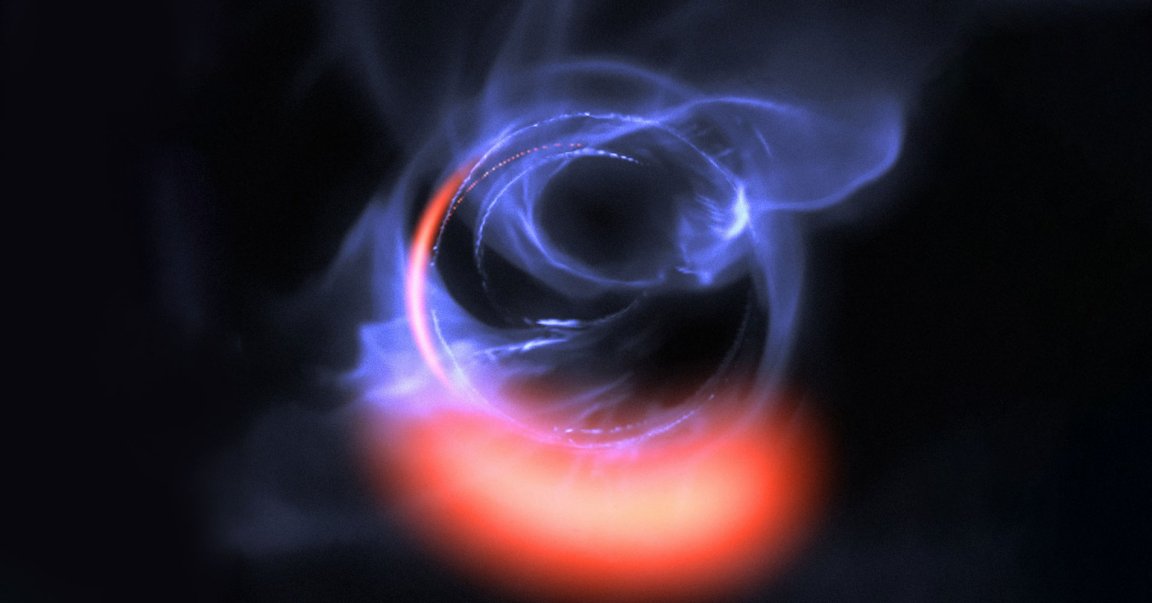
Black Hole Confirmed
Researchers have long suspected that a supermassive black hole known as Sagittarius A* — that asterisk is part of its name, not a footnote — lurks at the center of our galaxy.
We’ve never actually seen this black hole at the center of the Milky Way before because, well, we can’t see any black holes. Not only are they relatively tiny, but their strong gravitational pull means they’re usually surrounded by bright matter that further impedes our view.
We can, however, see signs of black holes in their surroundings. Now, an instrument on the European Southern Observatory’s Very Large Telescope (VLT) Interferometer has delivered strong new evidence that Sagittarius A* exists — and that it’s slowly devouring the Milky Way.
Major Breakthrough
In a paper published Wednesday in Astronomy & Astrophysics, a team of scientists from multiple European institutions describes how it used an instrument at the VLT to observe the center of our Milky Way.
During these observations, they detected flares of infrared radiation emitting from the disc of matter surrounding the space where Sagittarius A* is thought to reside. According to an ESO press release, these flares confirm the supermassive black hole’s existence.
“This is a major breakthrough,” group leader Reinhard Genzel told Scientific American.
Up Close and Personal
Not only do the flares let us know that we were right about Sagittarius A*, they’re also our best look yet at material orbiting so closely to any black hole.
“It’s mind-boggling to actually witness material orbiting a massive black hole at 30 percent of the speed of light,” researcher Oliver Pfuhl said in the press release. He also said that the instrument’s “tremendous sensitivity has allowed us to observe the accretion processes in real time in unprecedented detail.”
Now that we have confirmation of Sagittarius A*’s existence, scientists have the opportunity to learn more about these volatile phenomenon by studying the one in our cosmic backyard.
READ MORE: Most Detailed Observations of Material Orbiting Close to a Black Hole [EurekAlert]
More info on black holes: Our Galaxy’s Supermassive Black Hole May Reveal the Universe’s Hidden Fifth Force